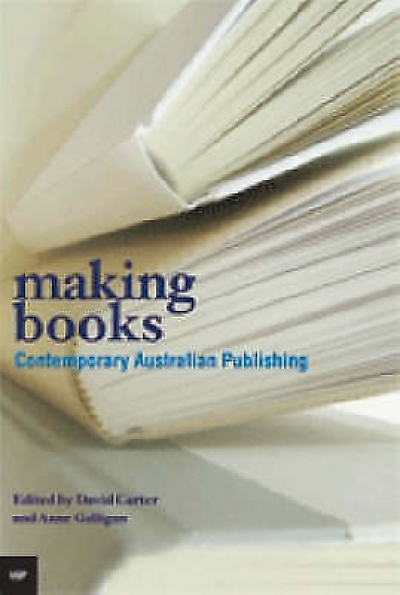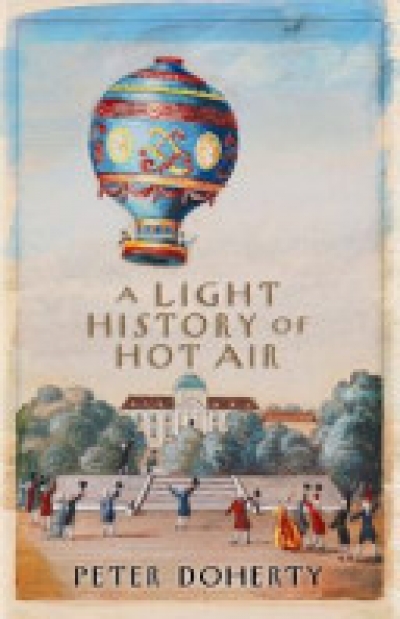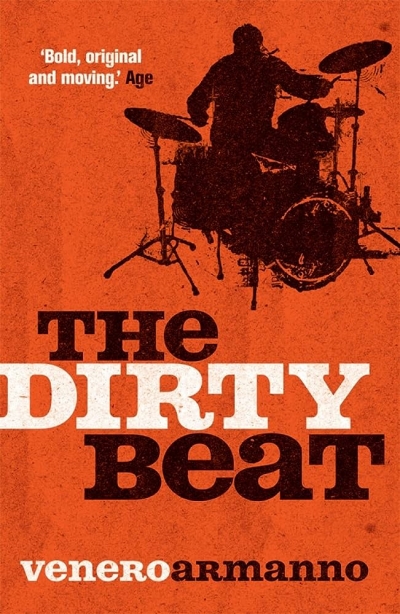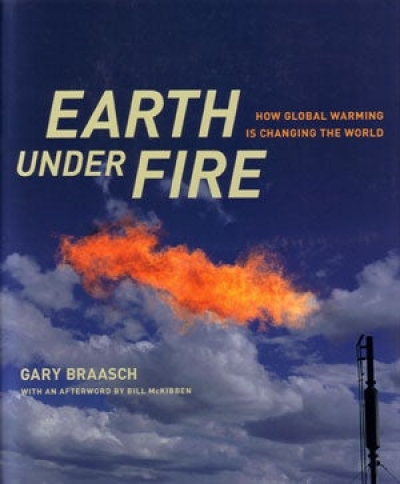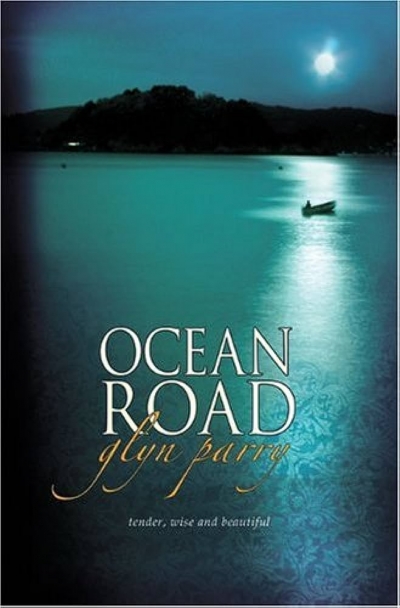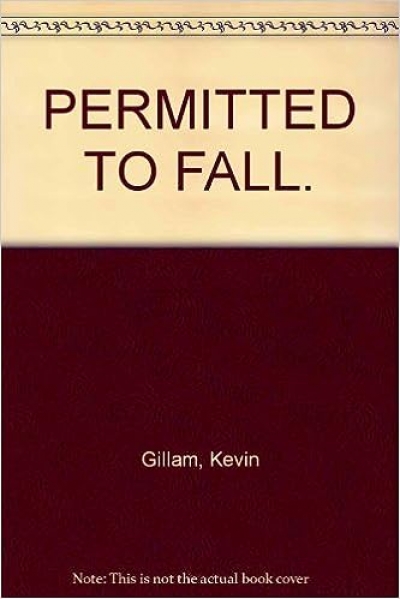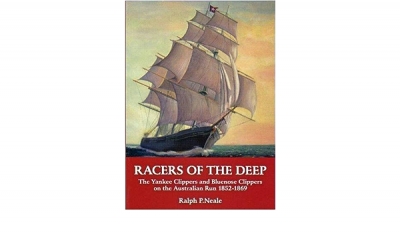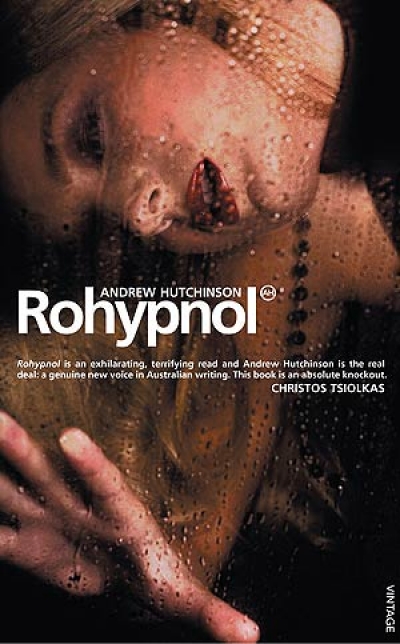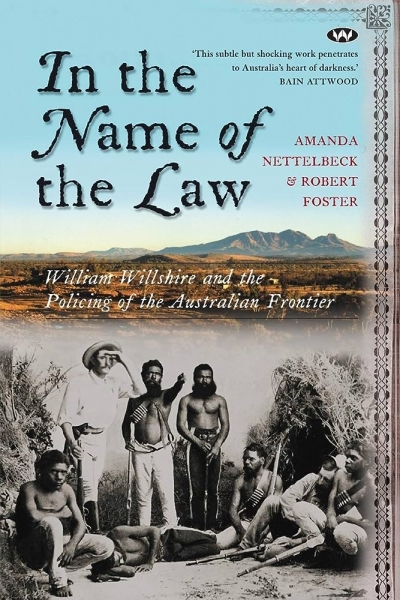Archive
Making Books: Contemporary Australian publishing edited by David Carter and Anne Galligan
by Richard Walsh •
The Devil and Maria d'Avalos by Victoria Hammond
by Christina Hill •
Earth Under Fire: How Global Warming is Changing the World by Gary Braasch
by Ian Gibbins •
Racers of the Deep: The Yankee Clippers and Bluenose Clippers on the Australian Run 1852 - 1869 by Ralph P. Neale
by Gillian Dooley •
In the Name of the Law: William Willshire and the Policing of the Australian Frontier by Amanda Nettelbeck and Robert Foster
by Gillian Dooley •

